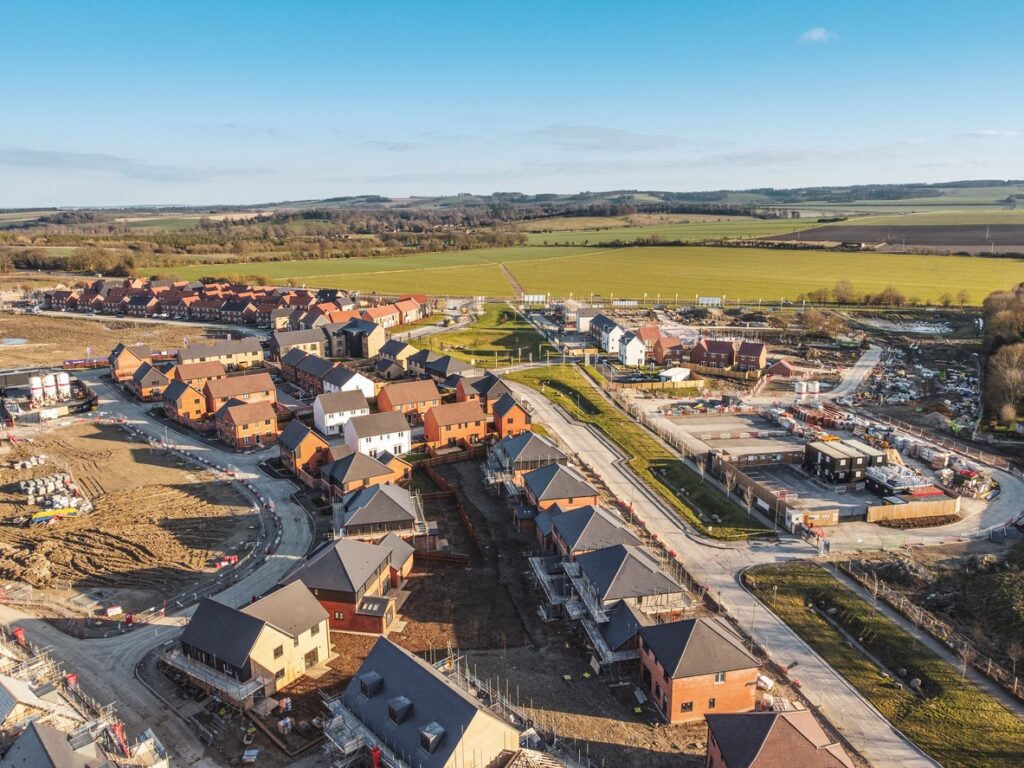
This week’s proposed Planning reforms are a breath of fresh air. After years of tinkering leaving the planning system dysfunctional, the new Labour government is moving swiftly to repair the damage done and put in place the foundations for a system that is capable of driving development rather than stymying it. So, what has happened?
Housing targets – Mandatory housing targets are back. Housing numbers will be calculated by a more sensible (new standard) methodology which actually reflects local housing needs and affordability and results in an increase in the numbers of houses to be built in the areas where they are most needed. The requirement for local authorities to demonstrate a 5-year supply of land for housing returns, having been withdrawn by the previous government in an attempt to appease the NIMBYs. All this is to try to meet the new government’s target of building 1.5 million homes over the next 5 years.
Plan making – The presumption in favour of sustainable development is to be strengthened so that where plan policies for the supply of land are out of date, there should be a presumption that development on sites that are not allocated, or are allocated for an alternative use, should be permitted. This is designed to encourage local authorities to put up to date plans in place so that development takes place where the local authority wants it.
Return to strategic planning – After years of trying to plan without any regional tier of planning (outside London) and the failure of the so-called duty to co-operate, the new government has recognised the need for strategic planning in meeting housing needs, delivering strategic infrastructure, growing the economy, and improving climate resilience. New mechanisms for cross-boundary strategic planning are proposed together with a commitment to enable universal coverage of strategic planning within the next 5 years.
Grey Belt – The government makes it clear that development on previously developed brownfield land should be the first port of call and proposes that such development should immediately be acceptable in principle. After that, “Grey Belt” (defined as making only a limited contribution to the Green Belt’s purposes) should be considered for development and would no longer be considered inappropriate development in the Green Belt.
Green Belt – Only after brownfield and Grey Belt sites have been exhausted should development in the Green Belt be considered. However, the absence of a 5-year housing land supply is now included as one of the exceptional circumstances that would justify development in the Green Belt, clearly opening the door to more housing development in the Green Belt. Where development takes place on land released from the Green Belt it must include (i) for housing schemes, at least 50% affordable housing (subject to viability); (ii) necessary improvements to local or national infrastructure; and (iii) the provision of new, or improvements to existing green spaces that are accessible to the public.
Infrastructure Levy – The previous government’s proposals for an Infrastructure Levy have been dropped, with the focus now being on improving the existing system of developer contributions (through Section 106 Agreements). This is a welcome relief.
First Homes – The previous government’s requirement that a minimum of 25% of affordable housing units should be First Homes is to be removed, allowing much greater flexibility for affordable housing to respond to local needs.
Highways – The bar for refusing schemes on highway grounds appears to be being raised so that schemes should only be refused if the impact on the road network would be severe “in all tested scenarios”. This appears to be aimed at avoiding refusal of planning permission where any severe highways impacts are actually only in limited scenarios.
New Towns – In addition to the planning reforms, the government has announced its New Towns Task Force chaired by Sir Michael Lyons which will make recommendations on the locations for the building of a new programme of new towns and urban extensions with 12 months. These new communities will comprise at least 10,000 homes and target rates of 40% affordable housing.
So, a number of very sensible and pragmatic proposed changes to the planning system and initiatives which, together with the proposed additional local authority planning department resourcing, are capable of beginning to start the renaissance in planning that is so desperately needed. The changes will take time to have an effect but, at last, there is reason to feel more positive about the planning system which, combined with an improving economy, may just enable us to start to deliver the homes, communities and infrastructure that the country needs.
The consultation on the proposed changes to the NPPF runs until 24th September 2024 and can be found here: Proposed reforms to the National Planning Policy Framework and other changes to the planning system – GOV.UK (www.gov.uk)
A track changed version of the NPPF (showing the changes) can be found here: National Planning Policy Framework: draft text for consultation (publishing.service.gov.uk)
The announcement of the New Towns Task Force can be found here: Expert taskforce to spearhead a new generation of new towns – GOV.UK (www.gov.uk)
For further information please contact Wesley Fongenie, Stephen Webb, or Anjana Ghosh in our Planning Team.
This article is for general purpose and guidance only and does not constitute legal advice. Specific legal advice should be taken before acting on any of the topics covered. No part of this article may be used, reproduced, stored or transmitted in any form, or by any means without the prior permission of Brecher LLP.




